
Thanks again to Bill Wallsgrove
Human beings may not naturally be good at thinking about the future.
One thought is that, just like with charity appeals for current disasters, we should focus on an individual. Think ourselves into the shoes of some one as they experience the future.
It could be ourselves, a grandchild (if we have one), a ‘descendant’ – or anyone we can picture.
A startling powerful example of this appears in the first chapter of Kim Stanley Robinson’s The Ministry for the Future, published in 2020. The author specialises in thoughtful, ‘realistic’ depictions of the future, for example in colonising Mars.
The Ministry for the Future starts by describing the experience of one Western man in a climate catastrophe, when twenty million people in northern India die in a heat wave. Many millions in a faraway country in the future: a newspaper headline. And ‘Frank May’, who works in a clinic near Lucknow, who nearly poaches to death in a lake full of people, where the water is above the temperature of blood.
I could not get the image of him out of my head for a lot longer than a headline.
I realised when watching the final episode of Planet Earth 3 last month that the image of Frank May was so vivid that it felt it was happening right now. It was not hypothetical, despite being fiction.
We may overdo the image of threats to a panda or polar bear or orangutan, to be invited to imagine a world without them. Just like we stop reacting to doe-eyed young children in charity ads. But I suspect we simply need this emotional connection.
Maybe like the Japanese traditionally put on the garment of a descendant, to feel how they will perceive the results of what we are doing now. We too could do this, to really feel it when we make a decision now about their infrastructure in fifty years’ time.
A technique to consider next time we are involved in long term asset decisions?
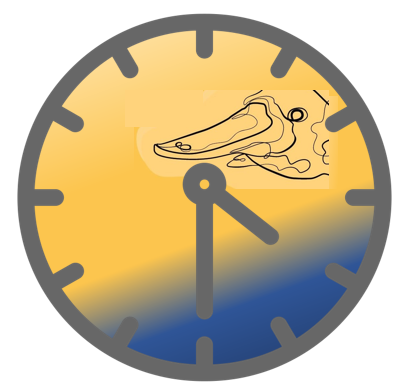
My colleague Todd Shepherd and I had a brainwave* last year to restructure how we teach Asset Management – not as a line that starts with investigating capital needs, the conventional beginning of the asset life cycle, but from where we are now. That is, right in the middle of maintenance. We are always deep in maintenance needs.
It makes more sense of the history of AM, straight off. It was not people writing business cases, or design engineers, who realised the urgent need for something different. It was maintenance, post World War 2, and then Penny Burns and the problem of unfunded replacements and renewals in the 1980s.
If Asset Management has waves, we might suggest what Wave Minus 1 was. Wave Minus 1 was hero engineers, from the Industrial Revolution on, building heroic infrastructure – Bazalgette and London sewers, Brooklyn Bridge. Sewers and bridges are both good things. But they are not quite such good things if they leak or fall down because they are not maintained or renewed.
With infrastructure, it is not enough to start; you have to see it through.
Penny used life cycle models to understand the extent of renewals, and increasingly I don’t feel anyone is really doing Asset Management if they do not use such models. Of course it is called life cycle for a reason. There isn’t an end, only another cycle.
But now I fear that starting at the beginning of one lifecycle in our teaching still makes it sound as though it is the creation of infrastructure that’s the important thing. We have not really got the cycle bit across enough, at least to the average engineer we teach. What comes after construction is still a vague future state, that is someone else’s problem.
And, not at all coincidentally, that’s also the point of the circular economy concept. There is no meaningful product end, and we are right in the middle of the mess we already built.
It is not a straight line into the future, where we set assets in motion and let them go. Longer term thinking, long-termism, has to think in cycles.
*Almost certainly it was Todd’s brainwave, which I managed to catch up with.
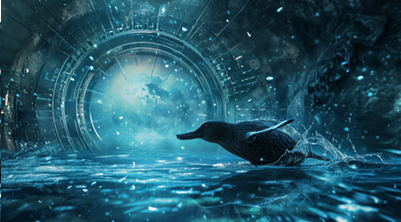
Thanks to my brother Bill Wallsgrove
Board member Lou Cripps and his team at RTD are great Asset Management practitioners – and that is largely because of their attitude to time.
For example, the team prepares carefully for meetings with key stakeholders, not just the CEO but engineers, IT, maintenance, HR. They think carefully about what they want to effect through the meeting – their objectives – and then project forward what the possible response/s of the others will be, based on their previous interactions. They can then work on what will most connect and make a win:win outcome likely.
Lou’s team also makes full use of red-teaming and pre-mortems, to imagine what could go wrong with an initiative so they can prepare not to go there. Risk assessments and risk plans, essentially, but exploiting the human ability to project forward and then ‘look back’ in our minds. (“Imagine it’s six months’ time and we are doing a post-mortem on what went wrong.”)
Lou refers often to ‘future me’ and ‘future us’: that is, stepping in the shoes of himself in a year or ten years’ time. This is not just to feel how fed up he might be then about what he failed to do now, but also to consider what future him would care about more widely. It is empathy with a future self. And it does not even need to be yourself. What about someone in the community in a hundred years?
This is good Asset Management for infrastructure, in particular, as infrastructure decisions we make now should always be assumed to have lasting implications. The assets we build now may still be in use in a hundred years. And the things we don’t build because we’re building something else. The lost opportunities, and future debts. What we fail to maintain, so will have to be built again…
Lou’s team last year relentlessly analysed the data to work out the likely costs – the total costs, now and into the future – for a proposed project to buy more electric buses. They worked out that this particular set-up would cost their transit agency approximately $2 a mile extra on every electric route for the next 50 years. It wouldn’t even save on carbon, because the electricity supply proposed was fossil fuel burning generation. (It was not a good proposal, and the Board duly turned it down thanks to their analysis.)
To build and not think ahead is a dereliction of duty. Principle number one for an Asset Manager: always ask, “And then what?”
Making full use of the past, in order to think ourselves into the future.
How do you this in your team?
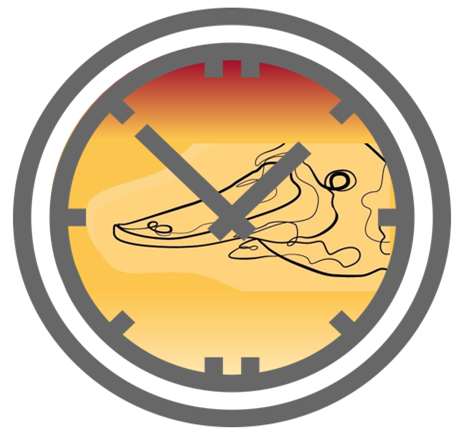
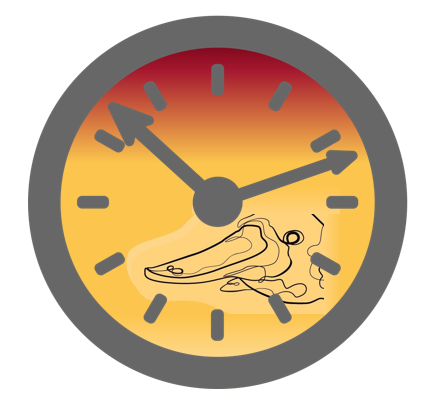
In 2024, Asset Management turns forty.
One key question for me this year as an Asset Management practitioner is time itself, and how we act with the future in mind.
The innovation of Asset Management is very largely about time. Penny Burns created AM to look forward in time and consciously choose whether we needed to renew like-for-like, or should manage our assets differently in future.
Forty years ago, we were not thinking about climate catastrophe, and we were only just at the start of the IT revolution. (I had only just seen my first PC, and the world wide web, smart phones and terabytes of data storage for $50 were barely pipedreams.)
But the question of longer-term thinking has in some ways gone backwards in our societies since then, not forwards.
The vast majority of infrastructure organisations still only have very short term asset plans, and almost no asset strategy. More have, must have, 3- or 5-year plans now, thanks to AM as much as anything. But the 15 to 20 years plus strategic view that Penny proposed is still a challenge.
And shockingly few agencies even use life cycle modelling to project the very basic realities about the timings for replacements, let alone a mindset of always asking ‘And then what?’ of our day to day and year to year asset decisions.
I fear as a community we are still underskilled, underprepared for the future: for embracing uncertainty and identifying with the future.
And so, as we celebrate, look back and learn from the last 40 years, Talking Infrastructure plans to act like the future matters.
Starting with a time series of blogs to ring in the New Year. Your contributions most welcome!

In April 2024, it will be 40 years since Penny Burns started the whole thing. Talking Infrastructure plans to party like it’s 2024, all year.
2024 also marks milestones for the Global Forum for Maintenance and Asset Management (update of the AM Landscape), ISO (10 years since ISO 55000), and the Institute of Asset Management (30 years since it was founded): there will be a lot happening.
The need for more considered decision making for our future infrastructure has only grown and become more urgent. Asset Managers everywhere know this. Our 40 year celebration will be an opportunity to take this message not only to managers of infrastructure but also to those who decide, design, construct, fund and vote for our infrastructure.
Like infrastructure itself, our purpose is to support the wider community. There is a lot of satisfaction to be had in this and we invite you to join us, and enjoy it too. What area of Asset Management and decision making particularly interests you?
We are looking to develop a circle of advisors, who, through their interests and work, can have the fun of keeping Talking infrastructure up to date with current issues, and setting its future directions.
Your ideas for celebrating our 40th are also needed and much welcomed. This will include events across Australia in April, and presence at AM conferences and articles wherever and whenever we can.
What did we learn in the last forty years? Where do we need to go in the next 40 years?
What does perfect Asset Management look like? What’s at the top of the mountain we’re climbing?
And what’s a metaphor between friends?

But to some of us it’s more a windy, winding road, over yet more hills, where we sometimes see part of the road up ahead, but never glimpse the end.
Why does this matter? Having recently faced a virtual room full of people saying they would know what to do next, if only someone could describe the end state for them: as though Asset Management is an accomplishment, something you can complete. Done, checklist all checked, and move on?
In contrast, is there a destination for, say, engineering? Although many engineers may not examine what they believe, they surely think of engineering more as a state of mind, a way of thinking, rather than something that gets finished. (And who even has a vision of HR?)
We could describe the top of our mountain as the point where everyone takes it for granted that we think longer term, whole system and lifecycle, use information wisely, and truly embrace uncertainty.
But I don’t think that’s what the metaphor betrays. I think it’s more ‘when we have a complete asset inventory and a strategy for every class’ and can stop thinking about them and move onto something more fun. The way some, at least, appear to think a check the box approach to ISO 55000 is what we need, or even the point.
But, you know, it’s also whether fun to us means continual discovery, the thrill of not knowing and then learning – or getting back to my desk to fill something in.
Roll on, rolling road!
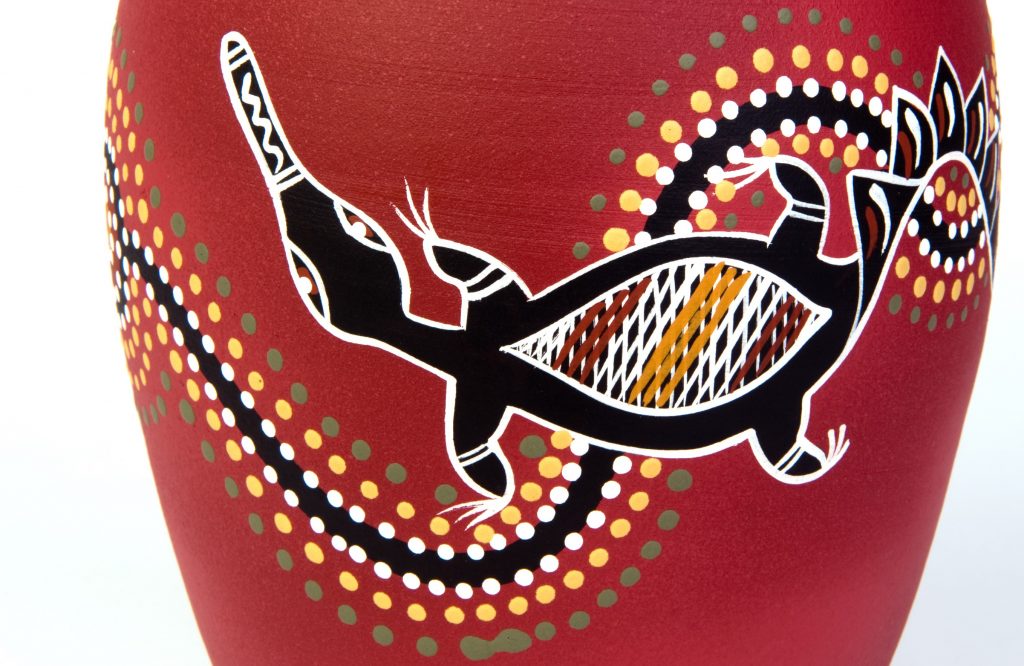
A new world, new questions
Today is the 5th Anniversary of Talking Infrastructure. It was created in July 2016 to consider the new world we are now in – and the new questions this world and its challenges requires.
It is now massively evident that whereas a focus on competition to secure the success of individuals and individual companies has generated much that we enjoy today, it has also generated serious problems, of which climate change and social inequity are just the most visible.
Infrastructure – problem or solution?
While we may be reluctant to admit it – infrastructure has been a large part of the problem! Every infrastructure does considerable environmental damage. And not every infrastructure generates commensurate community benefit. A few months ago, I said’ Goodbye to our Talking Infrastructure Guy’, – and explained what was wrong with our current attitudes to infrastructure. Today he is formally replaced as our icon.
So welcome our new icon – the Australian platypus – symbolic of the collaboration we so badly need. The platypus was originally regarded as a joke, for it was considered an impossibility, being so many different animals all in one. And this version of the platypus reflecting our aboriginal culture is particularly appropriate. The Australian aboriginals are the oldest civilisation in the world sustaining the land for over 50,000 years. That’s resilience! And they have done it by a focus on community, rather than self, and a veneration for the land that supports us.
If we want a future that will support our children and theirs, we need to embed these iconic qualities of community, resilience, and sustainability in all of our decisions – and especially in our long term infrastructure decisions – from new and renewal to ongoing maintenance and even to eventual withdrawal.
What questions do we now need to ask ourselves in order to secure this future?
Hint: They are not the questions that we started with in asset management and which I discuss in volume 1 of our series, The Story of Asset Management. Consider the ten questions I pursued in the first 10 years (1984-1993) which you can find here Or, to see the questions in context, see “Asset Management as a Quest – contents”.
After you read these questions, consider to what extent we have already solved (or at least know the solution to). Then ask yourself what the questions for the next ten years should be.
And, if you would like to see how I came up with these questions to start with, you may enjoy the first chapter of “Asset Management as a Quest” which you can find here. The full volume will be available in the New Year.
What do you consider the most important questions? Please add them below.

Photo by Marcus Spiske, from unsplash.com
‘I wish it need not have happened in my time,’ said Frodo.
‘So do I,’ said Gandalf, ‘and so do all who live to see such times. But that is not for them to decide. All we have to decide is what to do with the time that is given us.’*
What do envy and the attitudes of some people responsible for infrastructure at this time have in common?
Wishing things were different, instead of getting down and actively working to change things.
This was prompted by a conversation last week with an Asset Manager struggling to get their executive to stop moaning about how unlucky it all is, and start planning for what’s going to be needed going forward from Covid-19. People paid a goodly amount of money to take responsibility, who instead are acting like victims: everything would have been ok, if only….
Wanting the world on your own terms is not a strategy. Managing assets is for life, not just for Christmas, not just the good times.
It made me think again how vital the principle of honesty is for good infrastructure management. Chris Lloyd and Charles Johnson in their Seven Revelations of Asset Management (Assets, May 2014) put it like this: Asset Management demands openness about past performance. We have to face up to what’s gone on before, how well (or how badly) the assets are doing.
But we also have to honestly face up to change – even when it looks calamitous. That is what responsibility means.
Even discussing the deadly sins soon comes round to Asset Management!
The serious point is how we build up that sense of responsibility, in ourselves and in top management, to do our level best with what we have taken on. To commit to be better informed, better trained, to learn from best practice and to live it.
No-one forces anyone else to involve themselves in crucial infrastructure. You do not have to apply to be CEO of a public service, or run for election to the Council – but, having made that choice, it’s not a cushy number.
*J.R.R. Tolkien, The Fellowship of the Ring

I woke up with a start last week thinking: good Asset Management is all about time.
We tend to think of managing physical assets being about space – things, in systems and networks, on sites. But this is what we inherit from Engineering. Engineers manage space, things in space. But we do not train them to consider the fourth dimension: what these things in space will look like, or deliver, in ten, or fifty, or a hundred years’ time.
I mean, it is hard enough to design a functioning system: to think beyond individual assets or components, to how they all work together. Our engineering training is not always that successful in getting us to think in systems, and how the whole adds up to something other than all the pieces: to deliver the services our organisations and our communities require. We still have some way to go to this ‘alignment’ from assets to output, let alone outcome. And system interactions can be difficult, especially if they cross discipline and silo boundaries.
But, unfortunately, we have to go even beyond this.
Lou Cripps of RTD Denver describes a good Asset Management practitioner as a time traveller. Managing for the future, based on where we are now, and informed by historical experiences and data. With physical systems, we always have to start where we are now, to be grounded in the physical realities, not floating free in blue skies. And we need the historical experience to be able to project forward, through modelling in its widest sense.
The first engineering manager I worked for described smart engineers as wanting to make leaps unfettered by whatever mess we were currently in. “With one bound, he was free!’ (This also reminds me of some strategic planners I have met…)
A good Asset Manager, I suspect, may be no less ambitious, but focused on something else: the challenge of working from where we are now, whatever that may be, to a sustainable infrastructure future. Not pinning too much hope on magic to come that might change the basic physical realities, or people, but thinking how the next step could lead to the step after that, how one consequence can lead to another, thinking about time and through time.
What kind of tools do we need to assist us in this?
What kind of education do we need for our Asset Managers of the future?

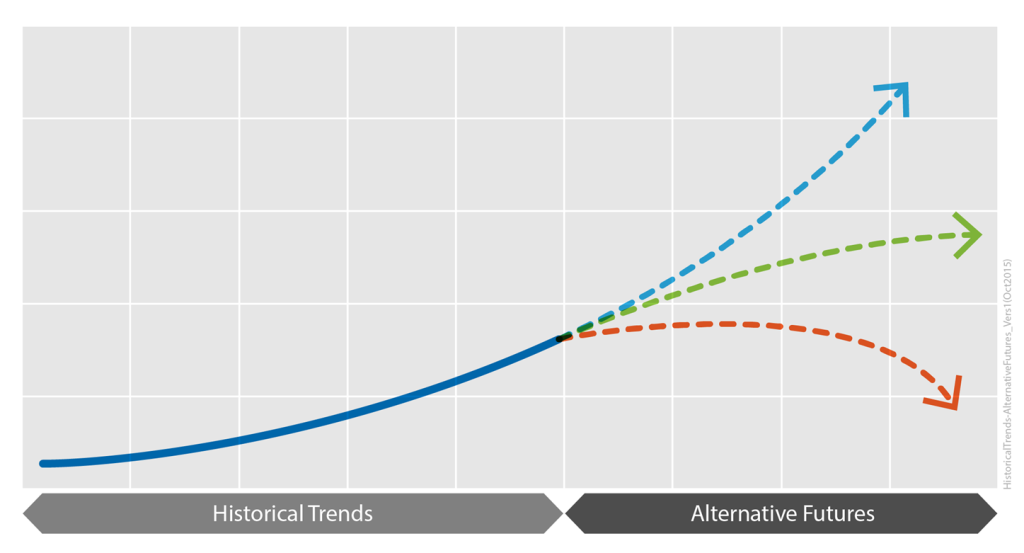
Recent Comments